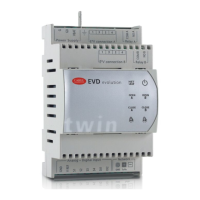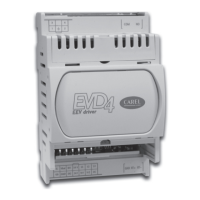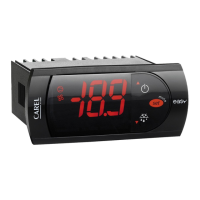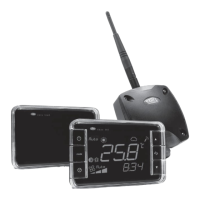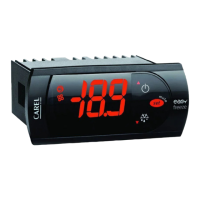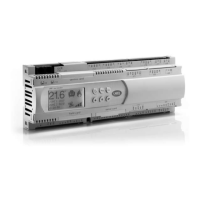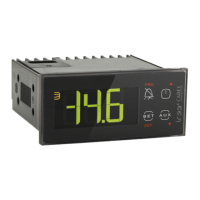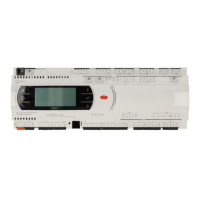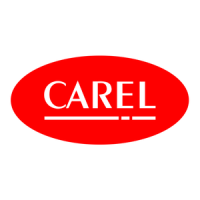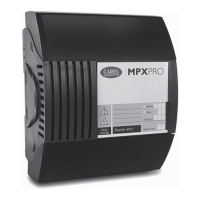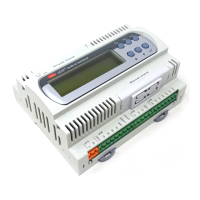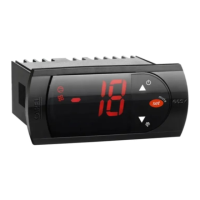Why is the superheat value measured by my Carel EVD Evolution Twin incorrect?
- FfrazierstevenAug 1, 2025
There are a couple of potential reasons why the superheat value measured by your Carel Controller might be incorrect. First, the probe may not be measuring correct values. Ensure that the pressure and temperature measurements are accurate, and that the probe is positioned correctly. Also, verify that the minimum and maximum pressure parameters for the pressure transducer set on the driver correspond to the range of the installed pressure probe and check the probe's electrical connections. Second, the refrigerant type setting could be incorrect. In this case, you should check and correct the refrigerant type parameter.
